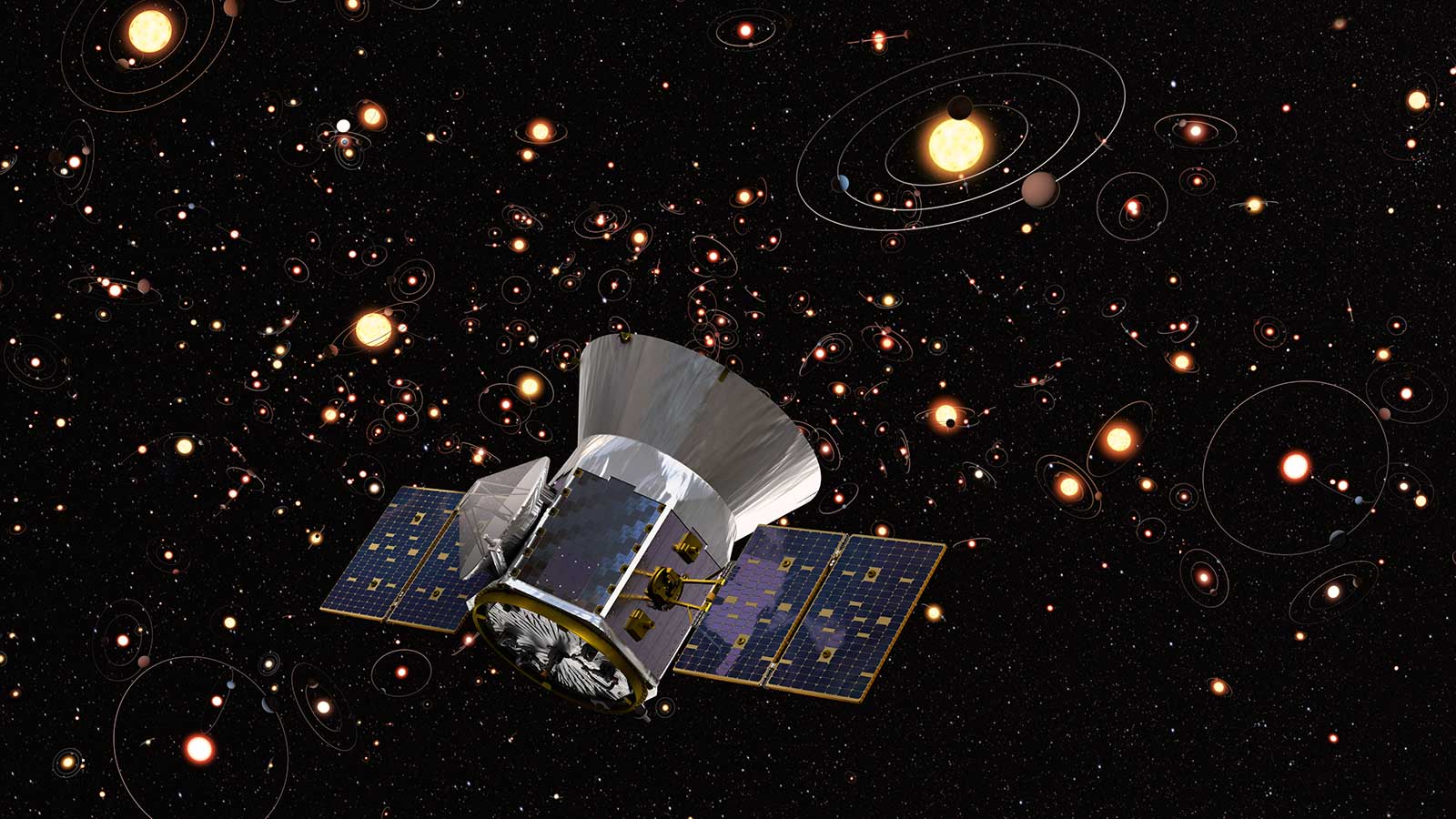High-Adventure Science:
Is there life in space?
There are billions of galaxies filled with billions of stars. Each star has the potential to have planets orbiting it. Does life exist on some of those planets? In this module, students discover how scientists find planets and other astronomical bodies through the wobble (also known as Doppler spectroscopy or radial-velocity) and transit methods. Students compare zones of habitability around different star types, discovering the zone of liquid water possibility around each star type. Finally, students explore how scientists use spectroscopy to learn about atmospheres on distant planets.
Students will not be able to answer the question at the end of the module, but they will be able to explain how scientists find distant planets and moons and how they determine whether those astronomical bodies could be habitable.
Teacher resources for this unit include a Teacher Edition of the module, with links to supplemental background materials, teacher tips, exemplar answers, discussion questions and sense-making activities, as well as a real-time dashboard.
To prepare to use this module with students, first run the Teacher Edition. The Teacher Edition adds a layer of teacher tips to the student version of the module, providing you with in-depth support and classroom support materials. By the end of the Teacher Edition, you will be familiar with the curriculum and uncertainty-infused scientific argumentation. We also encourage you to read all of the documents provided in the Teacher Resources section below.

Unit Includes
- Teacher Edition
- Class Dashboard
- Pre- and Post-Tests
Teacher Resources
Theory & Background
Introduction to High-Adventure Science
Learn about using real-world data and computer-based models to explore big unanswered scientific questions.
Teaching with Online Materials
Information about using computer-based curricula.
Class Dashboard Guide
How to get started with the Class Dashboard: view student work in real time.
Learning Goals & Assessment
Standards Alignments for Is there life in space?
NGSS and NSES alignments.
Scoring Scientific Arguments within High-Adventure Science
Generic rubric for scoring scientific arguments.